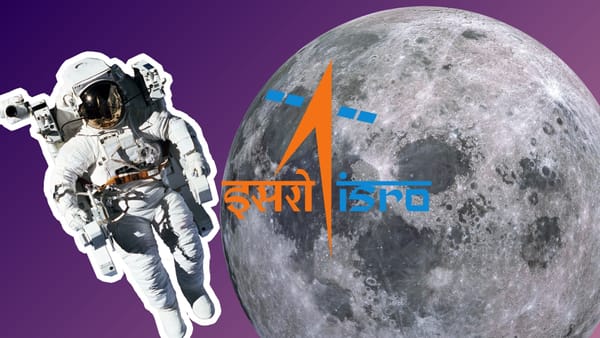Table of contents
Gaganyaan is India's first manned spaceflight program, undertaken by the Indian Space Research Organisation (ISRO).
The mission will demonstrate India’s human spaceflight capability by launching astronauts to a low earth orbit (LEO) of 400 kilometers above the Earth for a 3-day mission.
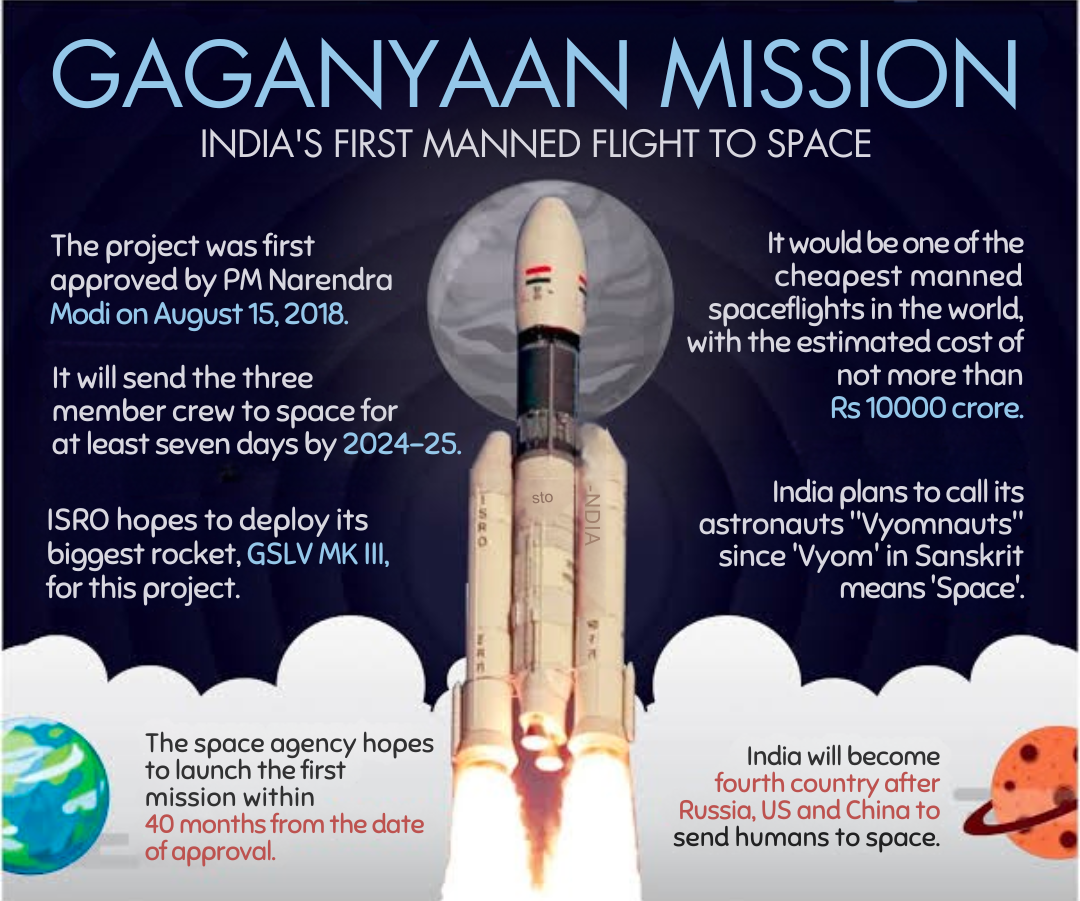
After that, they will be brought back to Earth safely with a landing in Indian sea waters.
The name "Gaganyaan" translates to "Sky Craft" in Sanskrit.
This ambitious program signifies India's intent to become a significant player in the field of human space exploration.
Brief timeline
Development on the Indian crewed spacecraft began in 2012.
- The LVM3 had its first flight in December 2014 during which it carried a CM mockup on a suborbital trajectory that ended with a successful splashdown in the Bay of Bengal.
- Prime Minister Narendra Modi announced in his 2018 speech for Indian Independence Day that the first crewed flight in the Gaganyaan program would take place in 2022, the 75th anniversary of India’s independence.
- Four astronauts, pilots in the Indian Air Force, were selected for the program and did the first part of their training in Russia in early 2020 and the remainder at ISRO’s astronaut training facility in Bengaluru.
- However, the program was delayed due to the global coronavirus pandemic.
- October 2023
- The Indian Space Research Organisation (ISRO) in October 2023 completed the launch and recovery of a test vehicle carrying the crew module for the Gaganyaan mission.
- Scientists simulated an abort situation for the Crew Escape System to carry the crew module out of the first test vehicle development flight (TV-D1)
Mission Objectives
- The primary objective of Gaganyaan is to demonstrate India's capability to send humans to Low Earth orbit (LEO) and return them safely to Earth.
- Demonstration of human spaceflight capabilities
- Development of critical technologies such as a human-rated launch vehicle, life support systems
- Establishing protocols for crew training, recovery, and rehabilitation
- Mission duration: Initially aimed for a 5-7 day mission, the current plan is for a 3-day mission in a 400 km orbit.
- Launch vehicle: GSLV Mk-III launch vehicle, also known as the "Bahubali" rocket.
This mission aims to establish a framework for long-term national and international collaborations in space travel and research.

We can't clear UPSC for you.
But with our personalised mentor support, you'll be ready to do it yourself.
Crew
Prime Minister Narendra Modi announced the names of the four astronauts that will fly to low-Earth orbit as part of the Gaganyaan crew.
- Group Captain Prashanth Balakrishnan Nair
- Group Captain Ajit Krishnan
- Group Captain Angad Prathap
- Wing Commander Shubanshu Shukla

They are all pilots in the Indian Air Force (IAF) and have extensive experience working as test pilots, and are inherently trained to be prepared to respond quickly in situations where something goes wrong.
- The four astronauts (Gagannauts) have been undergoing training at the space agency’s astronaut training facility in Bengaluru.
- The selection of the astronauts happened at IAF’s Institute of Aerospace Medicine.
- Only three of them will eventually go to space as part of the Gaganyaan mission
ISRO and Glavkosmos (a subsidiary of Russian space agency Roscosmos) signed a memorandum of understanding for the training of four astronauts in June 2019.
- The four astronauts trained at Russia’s Yuri Gagarin Cosmonaut Training Centre in February 2020 till March 2021.
- American space agency NASA will also train an Indian astronaut for a mission to the International Space Station by the end of 2024.
Engineering & Technological Breakthroughs
The heart of the Gaganyaan mission lies in its sophisticated engineering and technology.
Gaganyaan's will consist of two parts, the Crew Module (CM) and the Service Module (SM), which together will form the Orbital Module (OM). It is designed to provide a safe and habitable environment for the crew in space.

- The CM will be shaped like a truncated cone and is designed to carry up to three astronauts.
- The CM, a pressurized space capable of sustaining an Earth-like environment, is equipped with advanced life support systems, avionics, and a robust thermal protection system for safe re-entry and touchdown
- The CM will sit on top of the SM, which will contain the necessary propulsion, power, and thermal systems of the craft.
- Upon re-entry the CM will separate from the SM and splash down in the ocean.
Gaganyaan will launch from the Satish Dhawan Space Centre in Sriharikota aboard the Human Rated LVM3 (HLVM3), a variant of ISRO's reliable heavy-lift launcher.
- The Launch Vehicle Mark III (LVM3) has been modified for crewed spaceflight.
- The HLVM3 is equipped with a Crew Escape System (CES), ensuring the crew's safety in case of an emergency during the launch or ascent phase.
Tests
A series of demonstrator missions are planned to validate the technology readiness levels required for the manned mission.

- Integrated Air Drop Test (IADT)
- Test Vehicle (TV) flights
- Pad Abort Test (PAT)
These tests are crucial for ensuring the safety and reliability of the systems involved.
- ISRO in October 2023 completed a simulation test of an abort situation for the Crew Escape System to carry the crew module out of the first test vehicle development flight (TV-D1)
- TV-D1 Objectives were:
- Flight demonstration and evaluation of Test Vehicle sub-systems.
- Flight demonstration and evaluation of Crew Escape System including various separation systems.
- Crew Module characteristics & deceleration systems demonstration at higher altitude & its recovery.
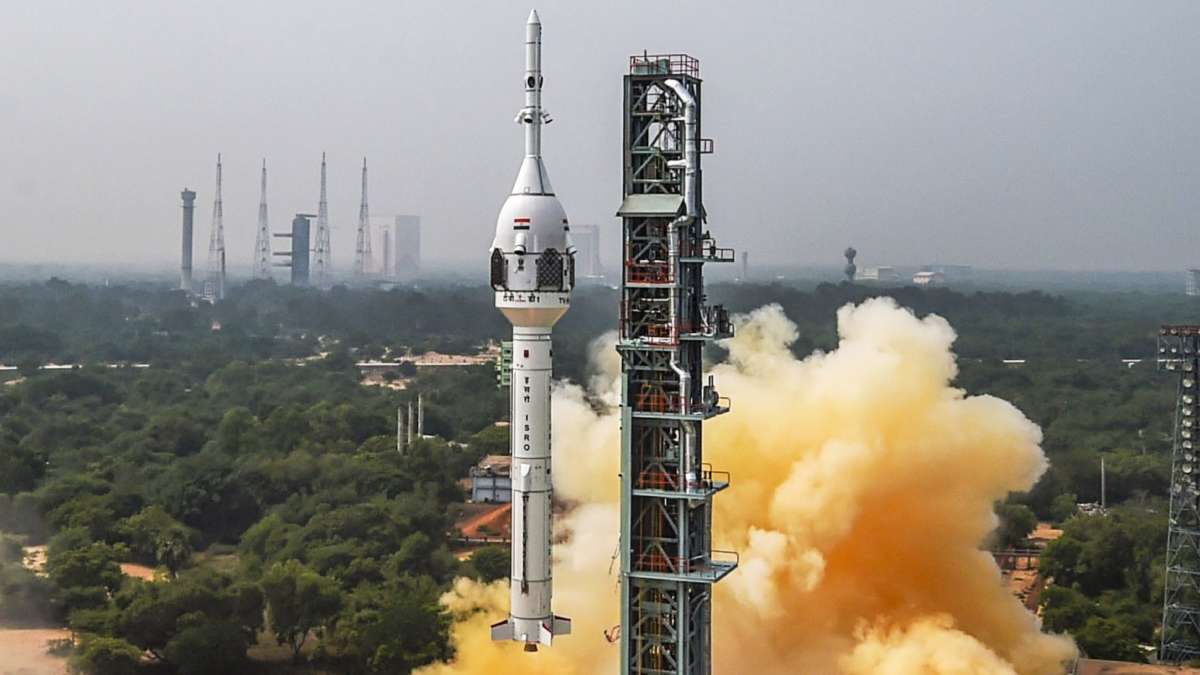
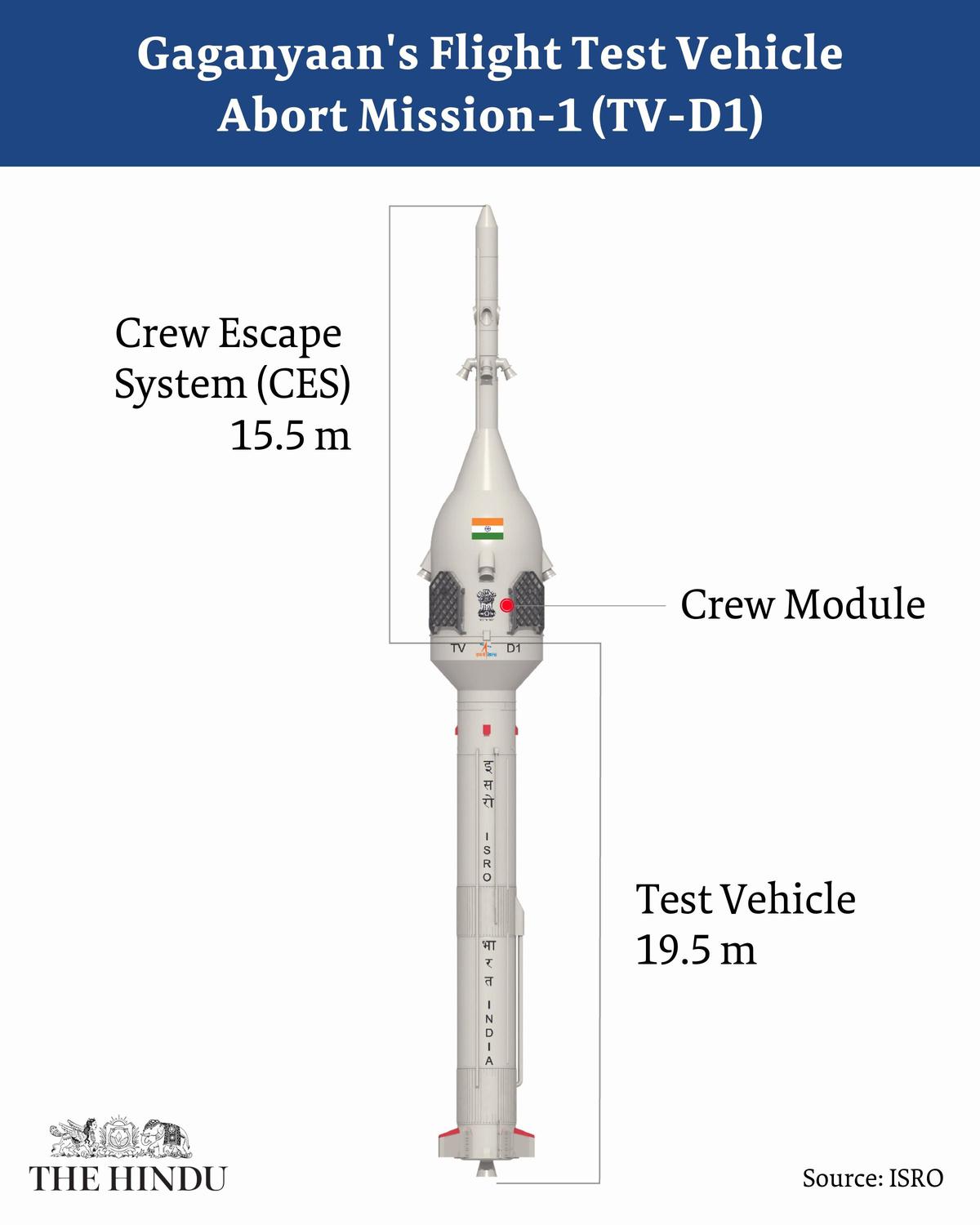
What next?
- The space agency will now carry out a second uncrewed test flight with a humanoid astronaut, Vyomitra, who can speak with ground controllers and read instrument panels in the spacecraft.
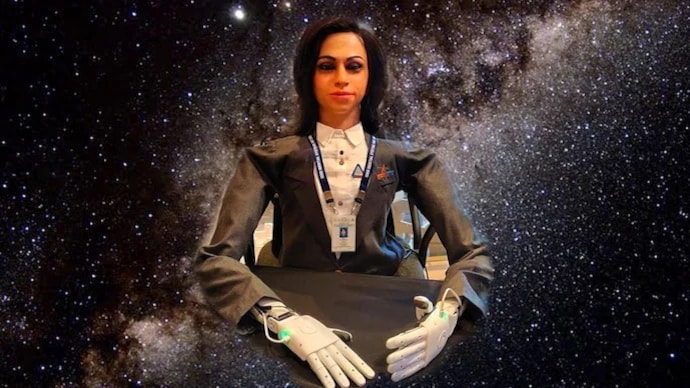
- This will be followed by the unmanned flight.
Finally, the first crewed flight will carry three astronauts who will spend up to a week in low Earth orbit.
A New Era for India in Space
The Gaganyaan mission is more than a spaceflight; it's a symbol of India's aspirations and capabilities in the realm of space exploration.
By undertaking this mission, India not only aims to solidify its position as a spacefaring nation but also to inspire a new generation of scientists, engineers, and astronauts.
The successful completion of Gaganyaan will not only be a testament to human courage and ingenuity but also a beacon of hope for future explorations beyond the confines of our planet.
Previous Post